Table of Contents
KEY TAKEAWAY
Forklifts are the backbone of material handling in warehouses, factories, and construction sites. These powerful machines come in various types, each tailored to meet specific lifting and transporting needs. Understanding the different types of forklifts is vital for businesses and operators to ensure efficiency, safety, and cost-effectiveness. Today, let’s explore the diverse types of forklifts and their applications.
What Are the Different Types of Forklifts?
Forklifts can be classified based on their design, power source, and intended use. Factors such as lifting capacity, operating environment, and load type play a significant role in determining the right forklift for the job. Below, we break down the different types of forklifts by classification to help you make an informed decision.
Classification by Power Source
Electric Forklifts
- What They Are: These forklifts are powered by rechargeable batteries, making them eco-friendly and ideal for indoor use.
- Advantages: They produce no emissions, operate quietly, and require minimal maintenance compared to fuel-powered forklifts.
- Applications: Warehouses, food storage facilities, and any environment where air quality is critical.
- Example Models: Toyota 3-Wheel Electric Forklift, Hyster J30XNT
Diesel Forklifts
- What They Are: These are rugged forklifts powered by diesel engines, known for their heavy-duty performance.
- Advantages: High lifting capacities and the ability to handle tough terrains. They are durable and efficient for outdoor operations.
- Applications: Construction sites, lumber yards, and outdoor warehouses.
- Example Models: Caterpillar DP70N, Mitsubishi FD50N
LPG/Propane Forklifts
- What They Are: Powered by liquid propane gas (LPG), these forklifts are versatile and can be used indoors or outdoors.
- Advantages: Quick refueling, reduced emissions compared to diesel, and consistent power output.
- Applications: Retail warehouses, distribution centers, and manufacturing plants.
- Example Models: Clark C25L, Yale GP050MX
Classification by Design and Lifting Capability
Counterbalance Forklifts
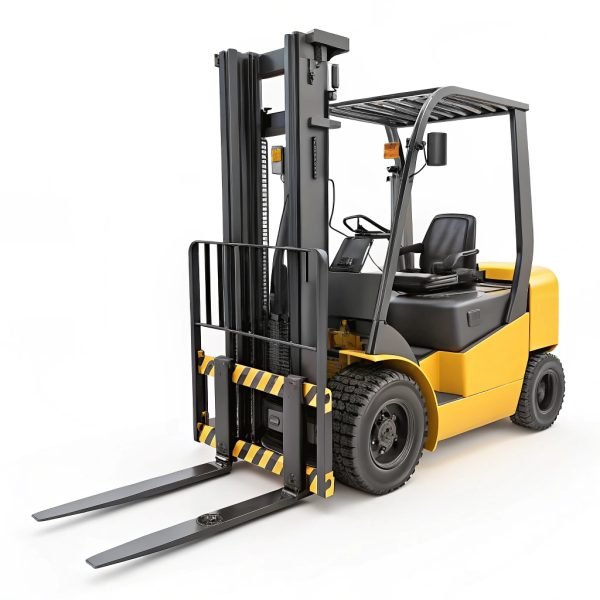
- What They Are: These are the most common type of forklifts, designed with a heavy counterweight at the rear to balance the load.
- Advantages: Easy to operate, suitable for straightforward lifting tasks.
- Applications: General warehouses, loading docks, and manufacturing facilities.
- Example Models: Crown FC Series, Komatsu BX50
Reach Trucks
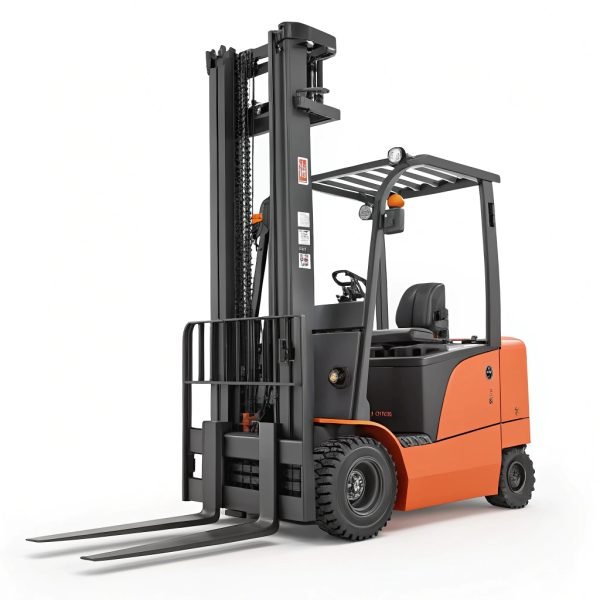
- What They Are: Designed for high stacking and narrow aisles, reach trucks have an extended mast to “reach” into storage racks.
- Advantages: Superior maneuverability in tight spaces, great for vertical storage.
- Applications: Warehouses with tall shelving and limited floor space.
- Example Models: Raymond 7500, Jungheinrich ETV Q20
Pallet Jacks (Manual and Electric)
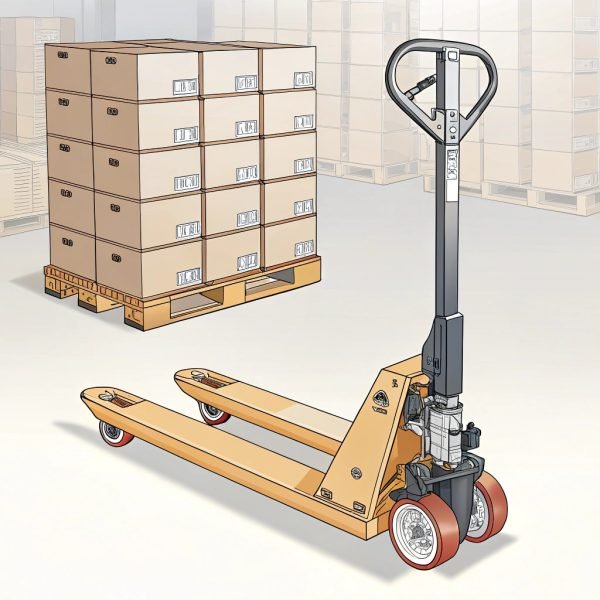
- What They Are: Compact forklifts designed for moving pallets over short distances. Available in manual and powered versions.
- Advantages: Lightweight, cost-effective, and easy to operate.
- Applications: Retail stores, small warehouses, and last-mile delivery.
- Example Models: Crown PTH 50, Toyota Electric Pallet Jack
Rough Terrain Forklifts
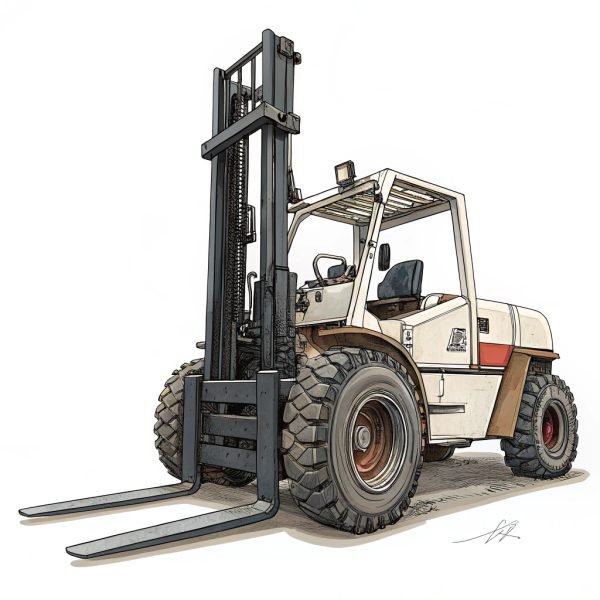
- What They Are: Built for outdoor use, these forklifts have large, durable tires and a robust frame to handle uneven terrain.
- Advantages: Excellent stability and high lifting capacity on rough surfaces.
- Applications: Construction sites, logging operations, and outdoor storage facilities.
- Example Models: Manitou M 50, JCB 950
Narrow Aisle Forklifts

- What They Are: Designed to operate in spaces as narrow as 6 feet, these forklifts maximize storage density.
- Advantages: Optimal for high-density warehouses with narrow aisles.
- Applications: Distribution centers and cold storage facilities.
- Example Models: Toyota VNA, Crown TSP Series
Classification by Special Features
Telescopic Forklifts (Telehandlers)
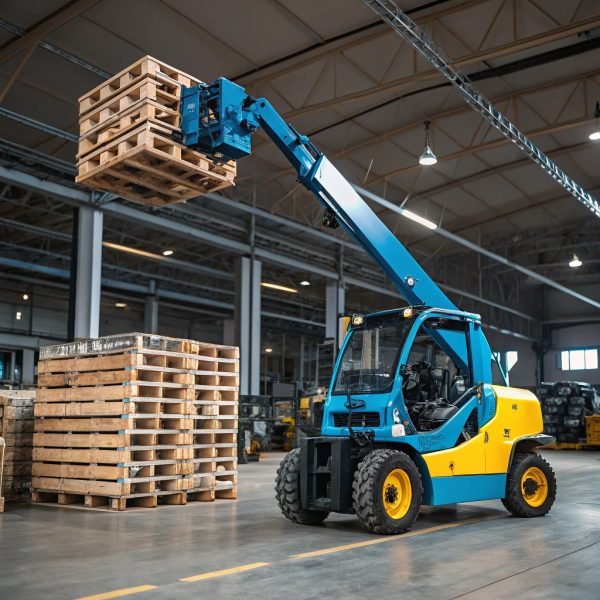
- What They Are: Equipped with an extendable boom, telehandlers can lift loads to great heights or reach awkward spaces.
- Advantages: Multi-purpose functionality for lifting, extending, and placing loads.
- Applications: Agriculture, construction, and material stacking.
- Example Models: JLG 4017, Genie GTH-5519
Side Loader Forklifts
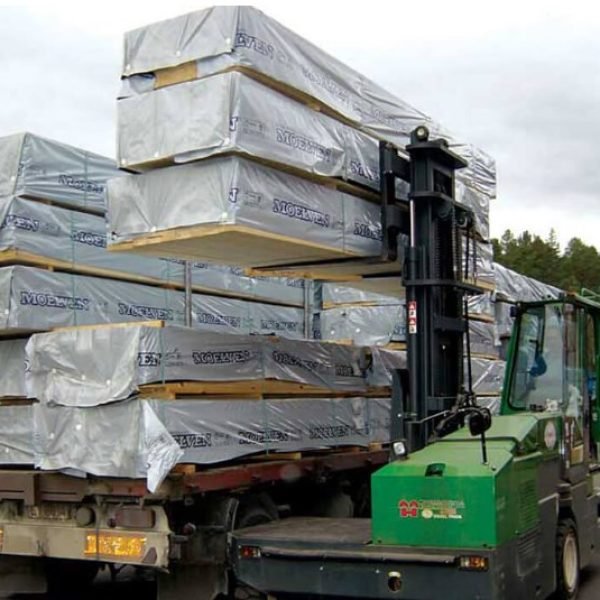
- What They Are: These forklifts load and unload from the side, making them ideal for handling long or bulky materials.
- Advantages: Efficient for narrow aisles and specialized loads like pipes or lumber.
- Applications: Timber yards, steel plants, and manufacturing units.
- Example Models: Baumann GX50, Combilift C8000
Order Pickers

- What They Are: Used for picking items directly from racks, these forklifts lift the operator alongside the fork.
- Advantages: Increases efficiency in order fulfillment and inventory management.
- Applications: E-commerce warehouses, retail distribution centers.
- Example Models: Crown SP Series, Raymond 5000 Series
The Bottom Line
Choosing the right forklift is essential for enhancing operational efficiency and ensuring workplace safety. From electric forklifts for indoor operations to rough terrain models for outdoor sites, each type of forklift serves a specific purpose. By understanding the different types of forklifts and their applications, businesses can optimize their material handling processes.
More Articles
Please check the following for more articles.









